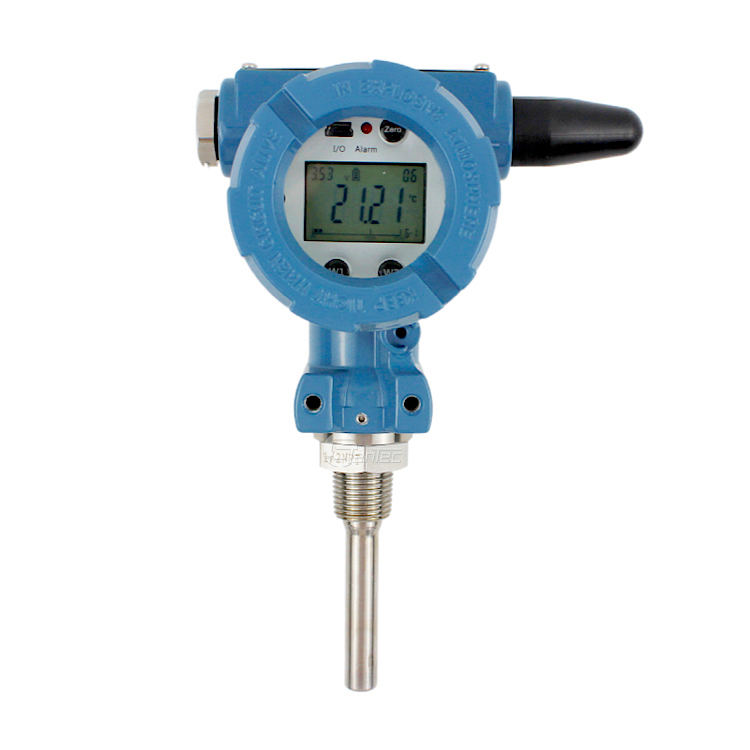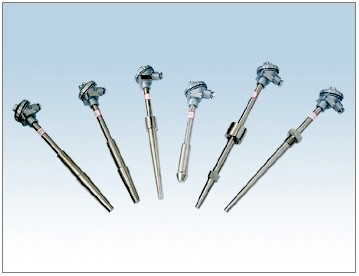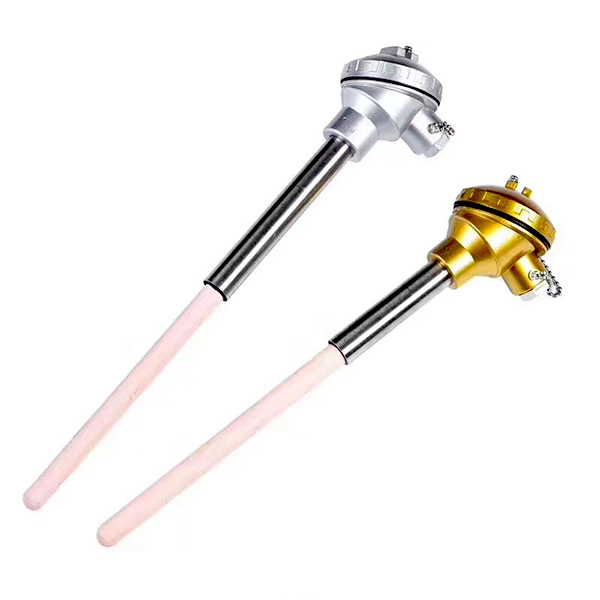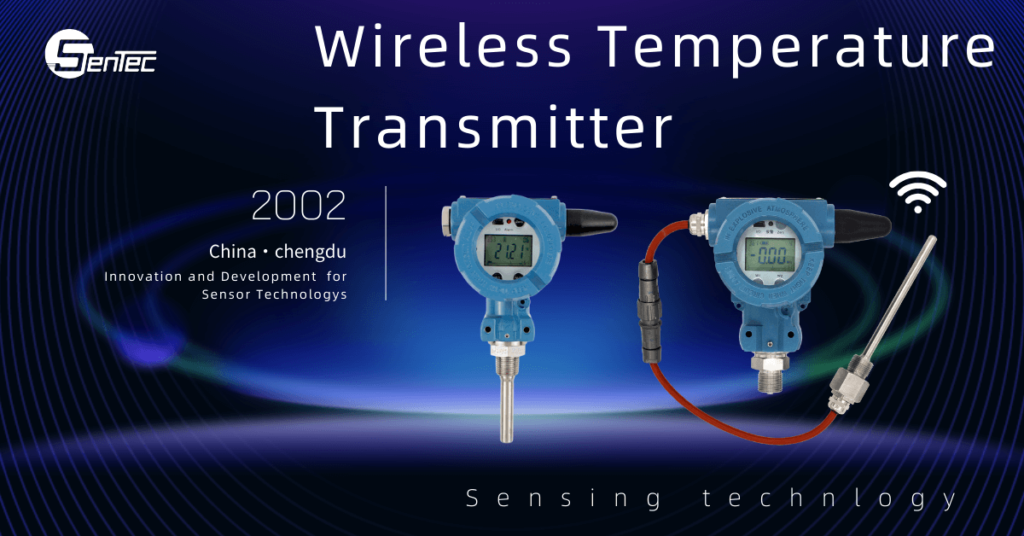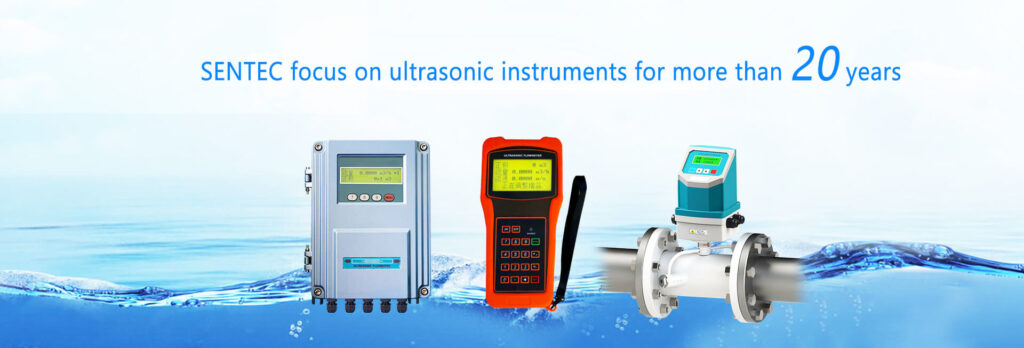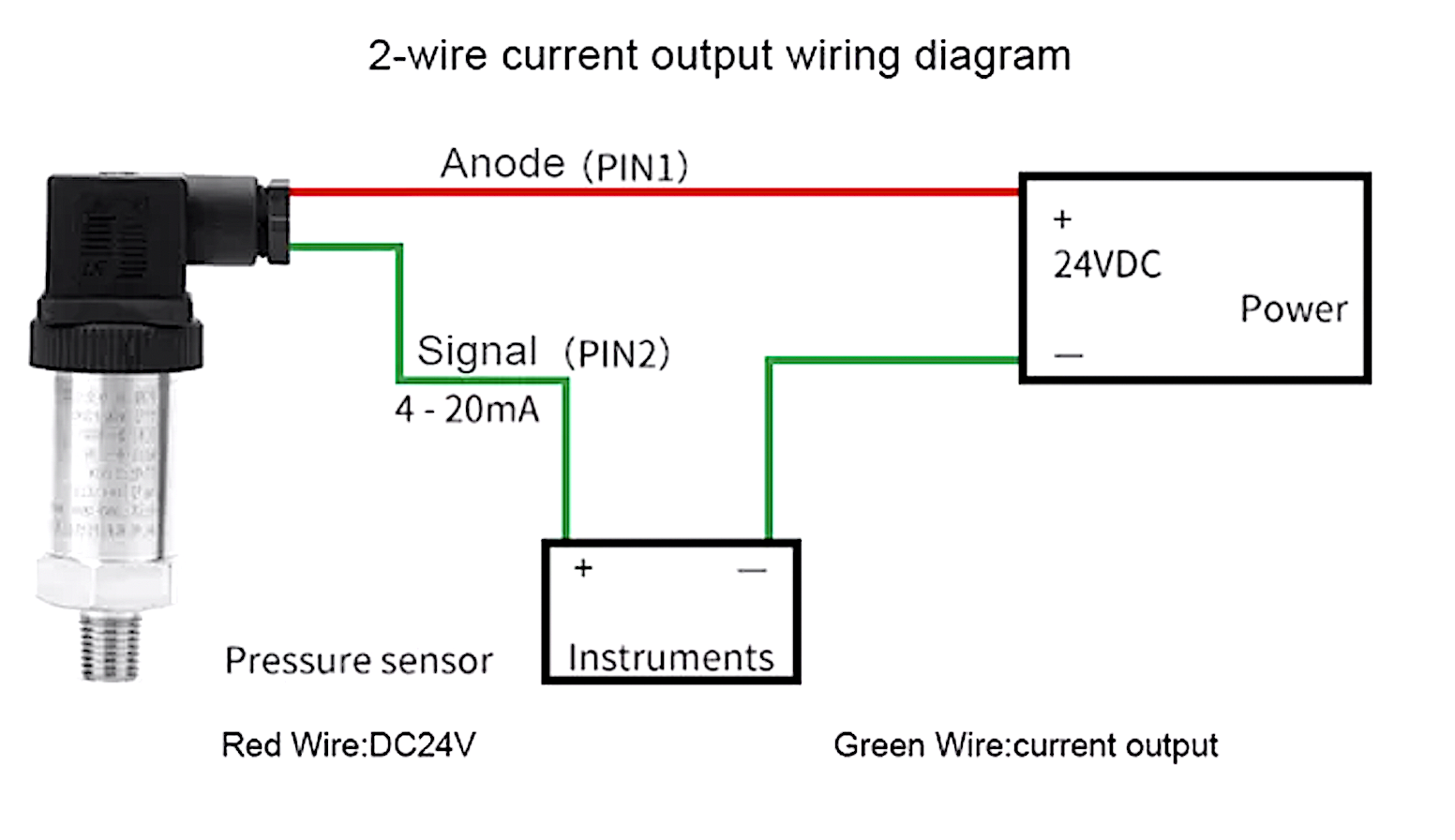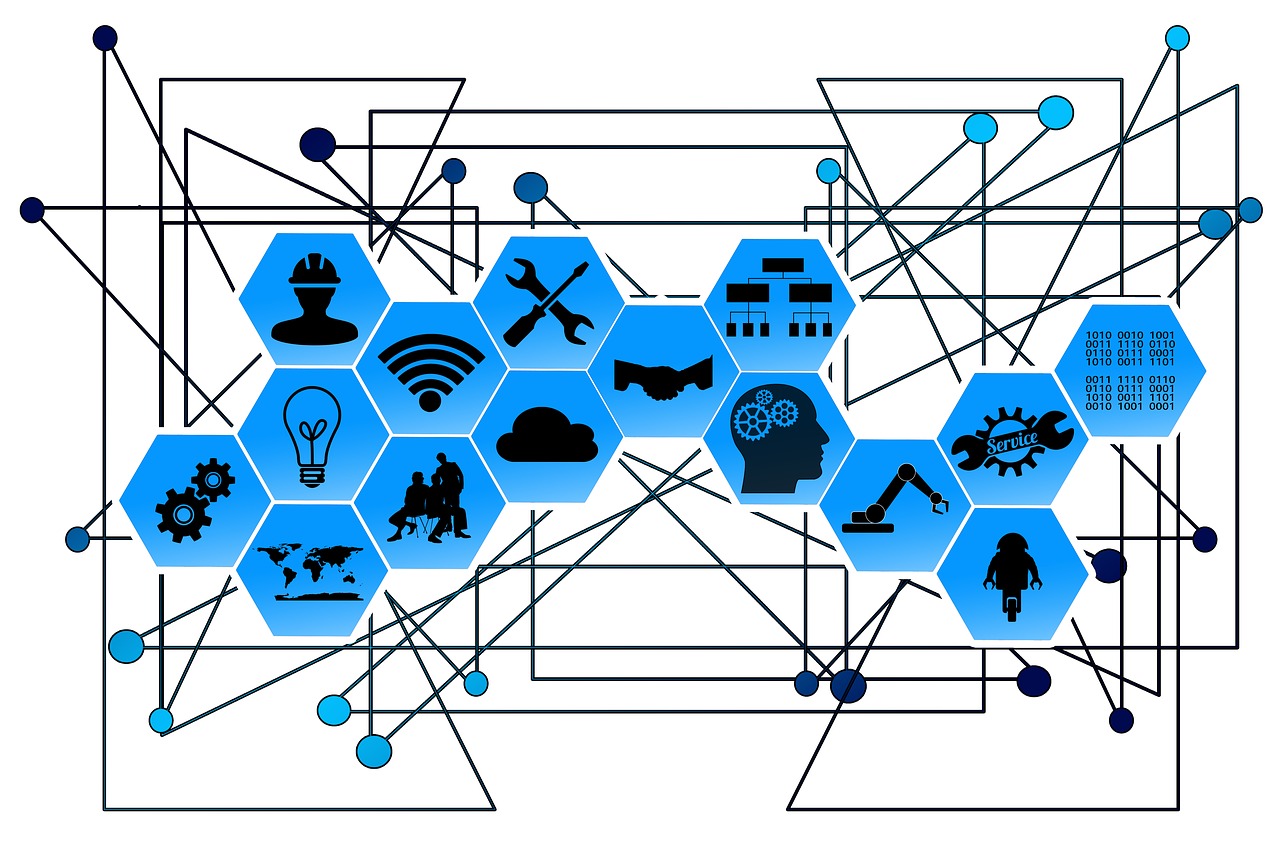How a WiFi Temperature Sensor Can Transform Your Environment
In today’s fast-paced world, the need for efficient and convenient solutions to manage our environment is essential. One such solution that has gained popularity is the WiFi temperature sensor. This innovative device allows users to remotely monitor and control the temperature of their surroundings, offering a range of benefits and applications. From enhancing comfort to […]
How a WiFi Temperature Sensor Can Transform Your Environment Read More »

